Alamosa Field Office – Wildfire Mitigation & Education
The Alamosa Field Office provides technical assistance to help communities and landowners in the San Luis Valley, including Alamosa, Conejos, Costilla, Mineral, Rio Grande and Saguache counties.
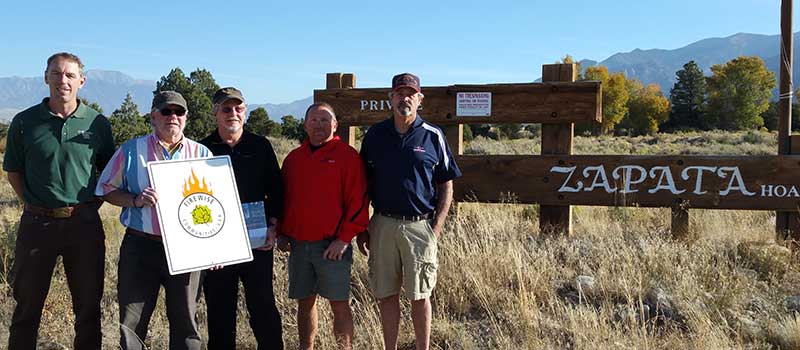
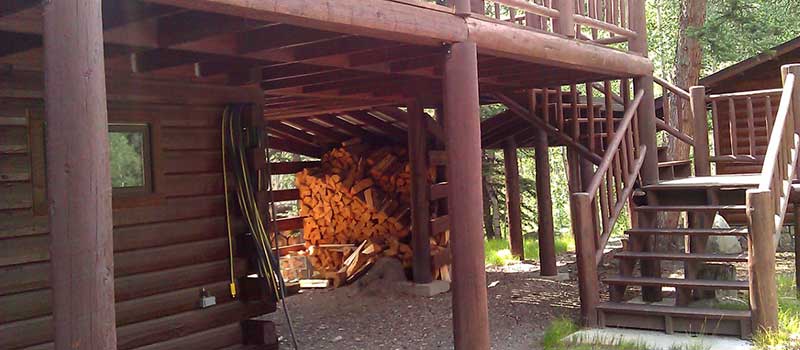
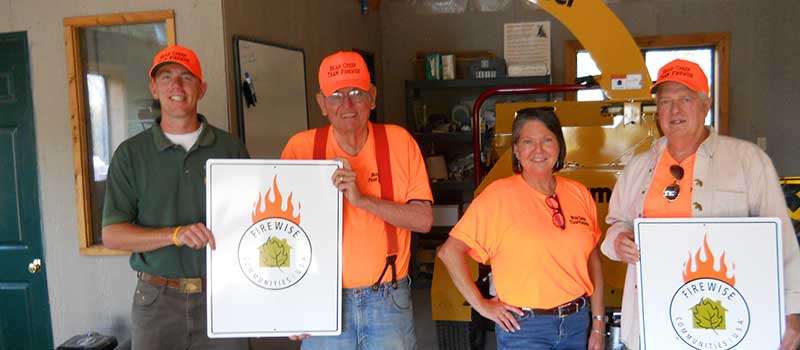
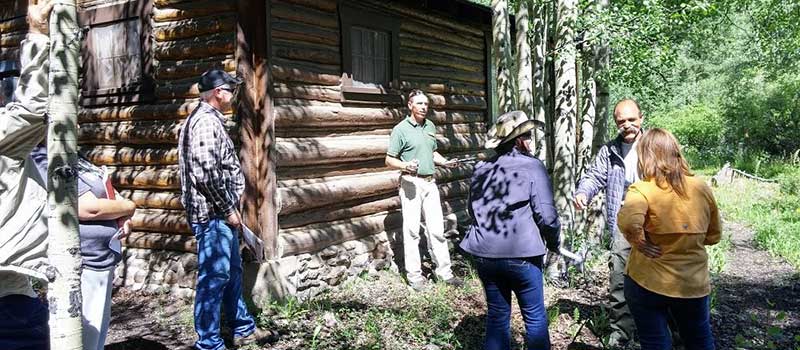
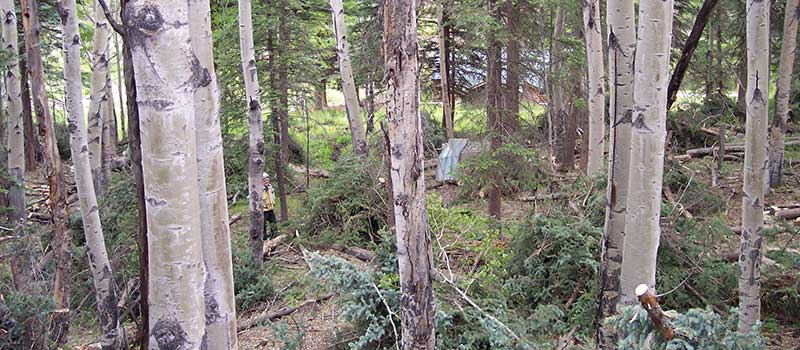
Protect your Home, Property & Forest
Due to Colorado’s arid climate and fire-dependent forests, many homeowners and landowners may be particularly vulnerable to wildfires. It is important to keep this in mind when buying, building and/or maintaining your home or property. Homeowners can take steps to protect their property and help alleviate the spread of wildland fires.
Two factors have emerged as the primary determinants of a home’s ability to survive a wildfire-quality of the defensible space around the home and the home’s structural ignitability. Together, these two factors create a concept called the Home Ignition Zone (HIZ), which includes the structure and the space immediately surrounding the structure. To protect a home from wildfire, the primary goal is to reduce or eliminate fuels and ignition sources within the HIZ.
The Colorado State Forest Service Alamosa Field Office held a wildfire preparedness Zoom workshop with partners on June 24, 2021. Focused on informing Conejos County residents about wildfire risk, the meeting emphasizes the Conejos Canyon wildland-urban interface and answers common questions about what the 2021 wildfire season may look like, how to prepare your home for a wildfire and what to do if you need to evacuate, the status of the health of the forests and an overview of forest management projects in the area.
Firewise USA®
Firewise USA® is a national recognition program that provides instructional resources to inform people how to adapt to living with wildfire and encourages neighbors to work together and take action to reduce their wildfire risk.
The Colorado State Forest Service (CSFS) and the National Fire Protection Association (NFPA) work together to implement the Firewise USA® program in Colorado. The CSFS provides technical assistance and education to interested landowners, homeowners and communities to help them take action and ownership in preparing their homes against the threat of wildfire.
Learn more on the CSFS Colorado Firewise Communities page
Defensible Space
Defensible space is the area around a home or other structure that has been modified to reduce fire hazard.

In this area, natural and manmade fuels are treated, cleared or reduced to slow the spread of wildfire. The actual design and development of your defensible space depends on several factors.
- Size and shape of building(s)
- Construction materials
- Slope of the ground
- Surrounding topography
- Sizes and types of vegetation on your property
For more information on how to create wildfire-defensible space around your home, including the three defensible space zones, refer to the CSFS publication:
- Home Ignition Zone Guide (2.7 MB PDF)
Structural Ignitability
The ideal time to address home ignition risk is when the structure is in the design phase. However, you can still take steps to reduce ignitability to an existing home. For instance, it is important to choose a fire-resistant roofing material that is rated class C or higher when building a house in, or near forests or grasslands. Avoid flammable materials such as wood or shake shingles. For more information on appropriate roofing materials and other fire-resistant building designs and materials, refer to the CSFS publication:
Fuelbreaks
Fire behavior can be modified by strategically placing landscape-scale fuelbreaks. A fuelbreak (or shaded fuelbreak) is a strip of land varying in width (depending on fuel and terrain), in which fuel density is reduced, thus improving fire control opportunities. For more information on fuelbreak guidelines, refer to the publication below:
Other Resources
- Fire Adapted Communities
- Colorado Firewise USA®
- Current Wildfire and Fire Restrictions Websites
- Ready, Set, Go!
- Community Wildfire Protection Plans
- Colorado Wildland Fire and Incident Management Academy
- Wildfire and Insurance (4 MB PDF)
- Forest Home Fire Safety (836 KB PDF)
- Fire-Resistant Landscaping (192 KB PDF)

